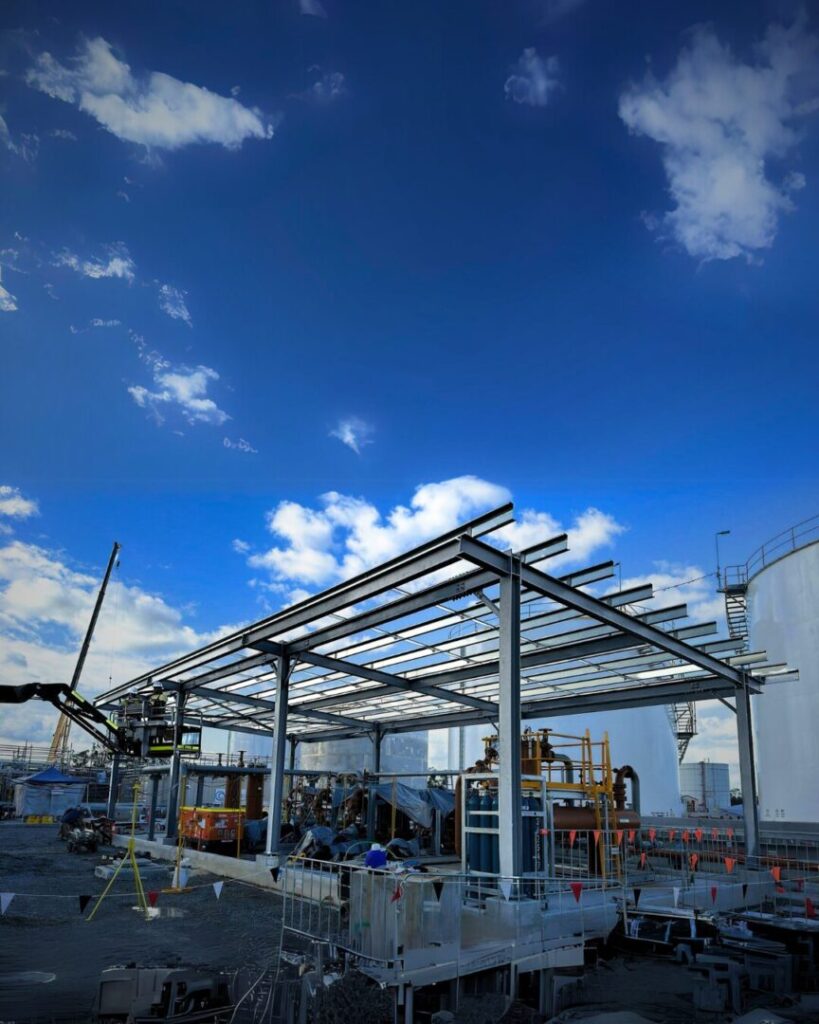Rigging Contractor Services: Expert Safe Lifting Solutions for Construction and Industry
Rigging Contractor Services: Safe Lifting Solutions for Construction and Industry
Looking to lift, move, or install heavy structures safely and efficiently? A rigging contractor is the expert you need. Whether you’re managing a high-rise construction site, relocating industrial equipment, or staging a large-scale event, rigging contractors ensure precision, compliance, and safety throughout the operation.
In this guide, we’ll explain what rigging contractors do, what equipment they use, and how to choose the right one for your next project.
What Does a Rigging Contractor Do?
A rigging contractor handles the planning, execution, and supervision of lifting heavy equipment or structural components. Their goal? To ensure every lift is performed safely and complies with all relevant safety and engineering standards.
Key responsibilities include:
- Planning and preparing rigging operations
- Selecting and inspecting rigging gear
- Operating cranes, hoists, and other machinery
- Collaborating with engineers and site supervisors
- Monitoring safety and compliance throughout each task
.
Where Are Rigging Contractors Used?
Rigging contractors are crucial across various sectors, including:
🏗 Construction
They install pre-fabricated steel, beams, and large infrastructure components—ensuring proper placement and alignment while maintaining site safety.
🏭 Manufacturing
Rigging contractors manage the relocation and installation of heavy machinery. Their precision ensures minimal disruption and optimal plant layout.
⚙️ Oil & Gas
On offshore platforms and refineries, they handle complex lifts under strict compliance and challenging environmental conditions.
🎤 Events & Entertainment
From concert stages to lighting rigs, rigging contractors ensure temporary structures are safe, stable, and meet event specifications.
Top Skills Every Rigging Contractor Must Have
The best rigging contractors combine technical knowledge with real-world experience. Key qualifications include:
- Certifications: In Australia, certified contractors hold a High-Risk Work (HRW) Licence and comply with Safe Work Australia standards.
- Technical Expertise: They understand load calculations, sling angles, crane capacity, and can operate diverse lifting machinery.
- Soft Skills: Clear communication and teamwork ensure that lifts are well-coordinated with engineers and project managers.
Common Rigging Equipment Used on Site
A successful rigging operation depends heavily on using the right tools. Professional rigging contractors are equipped with:
- Cranes: Mobile, crawler, and tower cranes for various lifting needs
- Hoists: Electric and pneumatic hoists for vertical movement
- Slings & Shackles: For secure lifting and load balance
- Load Monitoring Systems: Real-time data to prevent overload and ensure safety
Tips for Hiring the Best Rigging Contractor
Choosing the right rigging contractor is crucial to your project’s success. Here’s what to look for:
✅ Proven Industry Experience
Select a contractor with a portfolio of projects similar to yours. At Hard Bakka Rigging, we’ve worked across government, commercial, manufacturing, and mining sectors throughout NSW and interstate.
✅ Equipment Quality
Ensure the contractor uses well-maintained, modern equipment. Reliable tools reduce downtime and safety risks.
✅ Proper Certifications
Look for HRW-licensed contractors that meet Safe Work Australia and ISO safety standards.
✅ Strong Safety Record
A clean incident history and detailed safety protocols indicate a contractor that prioritises risk management.
💡 Need expert lifting support in NSW? Explore our crane and rigging services here.
.
Rigging Contractor FAQs
Q1: What does a rigging contractor do?
A rigging contractor manages the lifting, moving, and securing of heavy items using cranes, hoists, and specialised gear. They ensure safety and precision across all lifting operations.
Q2: Why hire a certified rigging contractor?
Certified contractors follow national standards, reducing site risk and ensuring compliance. This safeguards both assets and workers.
Q3: What equipment do they use?
Common tools include cranes, shackles, hoists, slings, and load monitoring systems—each selected based on the lift’s complexity.
Q4: How do rigging contractors ensure safety?
They use detailed lifting plans, real-time monitoring systems, and equipment inspections. Certified riggers follow strict WHS protocols.
Q5: Which industries use rigging contractors?
Construction, manufacturing, oil & gas, mining, government infrastructure, and events.
Q6: How can I choose the right one?
Look for experience, safety records, HRW licences, and reliable equipment. Always request project case studies or testimonials.
Q7: What sets Hard Bakka Rigging apart?
We bring over two decades of expertise, a certified rigging crew, and a fleet of modern cranes and lifting tools. Our safety-first approach, industry experience, and precision set us apart as Sydney’s trusted partner in structural steel rigging.
Let’s Lift It Right
At Hard Bakka Rigging, we combine safety, skill, and technology to get your job done right the first time. Whether you need a one-off lift or complete steel erection, our certified riggers are here to help.
📞 Call us today or request a quote online to learn how we can support your next project.
👉 Contact Us



